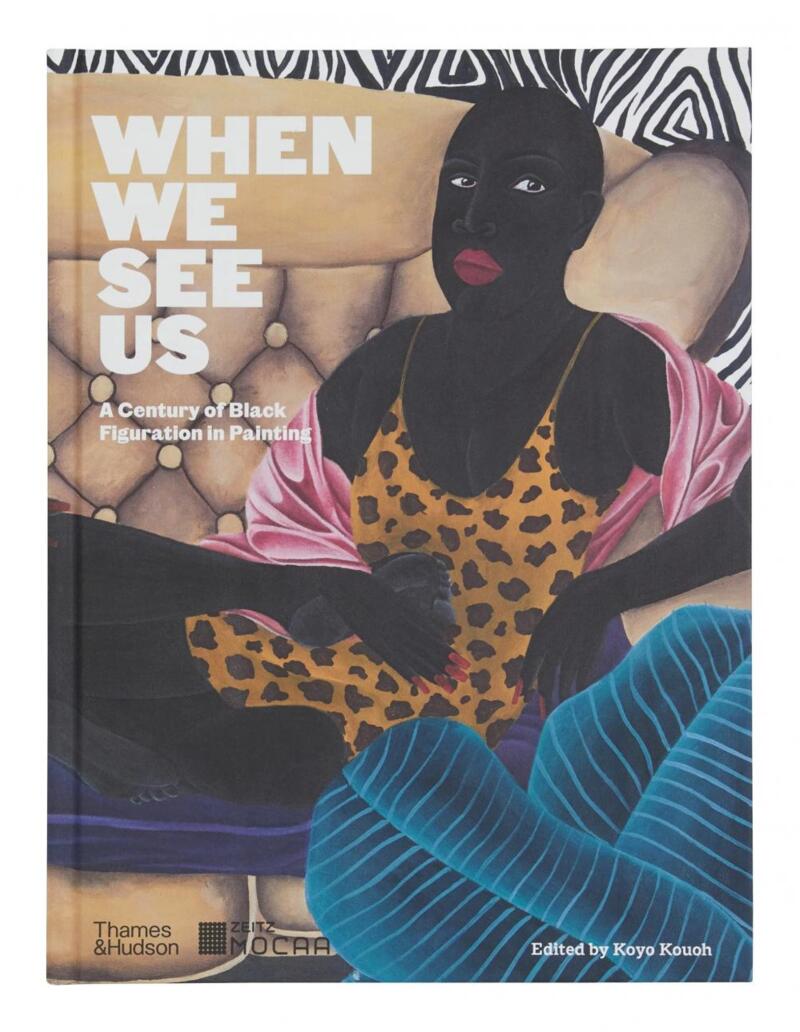When We See Us
A Century of Black Figuration in Painting
In what ways have artists from the African continent and its far-flung diaspora processed the experience of the quotidian in their painting over the last 100 years? Koyo Kouoh, Director and Chief Curator of the Zeitz MOCAA in Cape Town, South Africa, and her team undertook extensive research to find out. The result is a comprehensive show that brings together works by 120 artists: a kaleidoscope of Black figurative painting over the last 100 years. Also scheduled to be on show at the Kunstmuseum Basel, Zeitz MOCAA has created a groundbreaking exhibition that demands to be seen.
The exhibition’s title is inspired by the 2019 Netflix miniseries When They See Us by African-American director Ava DuVernay, which focuses on how Black youth are seen as potential criminals and thus as a threat. Replacing “they” with “we” in the title indicates the crucial perspectival shift: The works on show bring into focus the artists’ lived realities as subject of their own art. Amounting to over 150 pieces, the artworks are grouped into six distinct thematic categories entitled “The Everyday,” “Joy & Revelry,” ”Repose,” “Sensuality,” “Spirituality,” and “Triumph and Emancipation.”
This multifaceted special exhibition at the Kunstmuseum Basel | Gegenwart introduces viewers to figurative painting by Black artists from Africa and the African Diaspora dating from the 1920s through to the present. Sound stations and atmospheric staging provide complementary contextual elements as aids to interpretation. A multilayered series of public programmes designed in collaboration with external partners provides additional approaches to the exhibition.
The show features works by:
Michael Armitage (Kenya / UK)
Njideka Akunyili Crosby (Nigeria / USA)
Romare Bearden (USA)
Ben Enwonwu (Nigeria)
Joy Labinjo (UK)
Jacob Lawrence (USA)
Danielle McKinney (USA)
Sungi Mlengeya (Tanzania)
Mmapula Mmakgabo Helen Sebidi (South Africa)
Chéri Samba (Democratic Republic of the Congo / France)
Amy Sherald (USA)
Cyprien Tokoudagba (Benin)
Zandile Tshabalala (South Africa)
Lynette Yiadom-Boakye (UK)
and many more.
"It might be new for the western gaze, but not for the rest of the world."
Tandazani Dhlakama, Curator

Chapters and Artists
About the Curators
The Kunstmuseum would like to thank Kadiatou Diallo, Sindi-Leigh McBride and Lorena Rizzo from the Center for African Studies at the University of Basel for their critical view of the adaptation of the exhibition at the Kunstmuseum Basel.
This exhibition is conceived and organized by Zeitz MOCAA . Adapted for Kunstmuseum Basel in collaboration with:
Anita Haldemann, Head of Art & Research, Deputy Director
Daniel Kurjakovic, Curator of Programs
Maja Wismer, Head of Art after 1960, Contemporary Art


